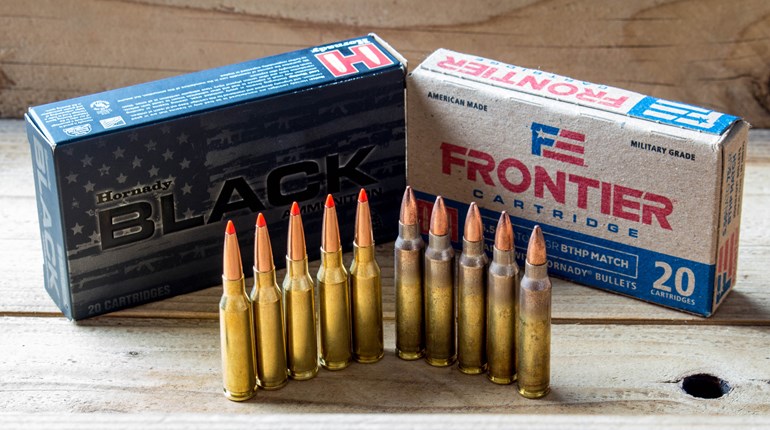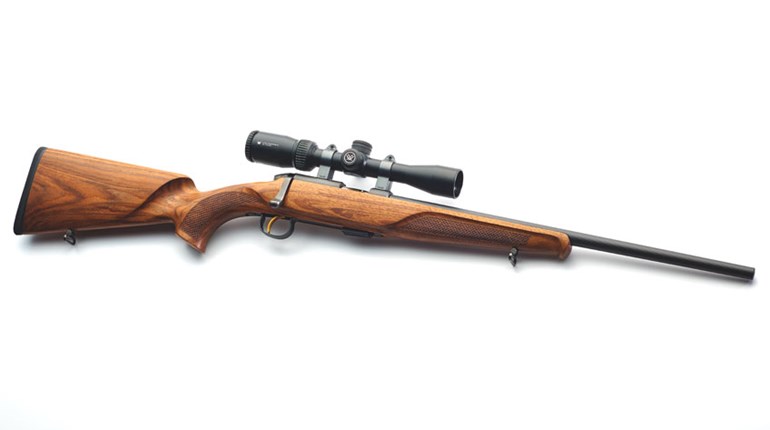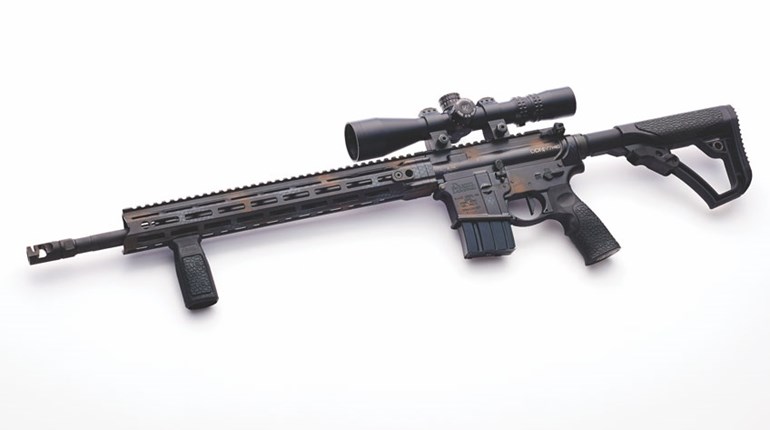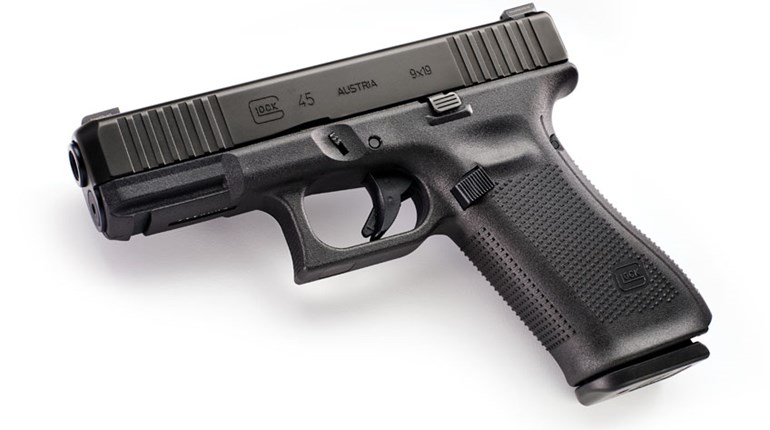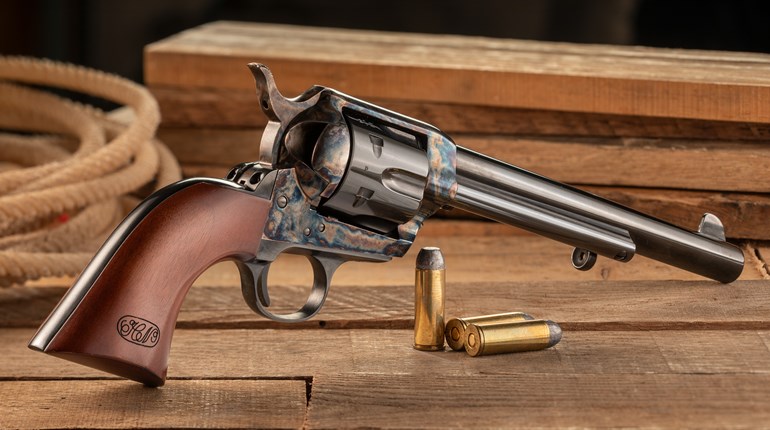
A peculiar, worrisome chapter in U.S. and then-Soviet Russian relations came to a close 55 years ago this week: CIA pilot Francis Gary Powers was repatriated in return for incarcerated KGB spy Colonel Vilyam Fisher.

Powers was a former U.S. Air Force captain recruited to perform intelligence gathering overflights of the Soviet Union in 1956. By the time he was shot down on May 1, 1960, he was the CIA’s—and arguably the world’s—most experienced high-altitude reconnaissance pilot. His mission was a high-stakes gamble in many senses, and his aircraft a fitting match. The U-2 (“utility”) was a product of the famous Lockheed Aircraft Manufacturing Company’s Skunk Works, and the incredibly fertile mind of Clarence “Kelly” Johnson.
The Dragon Lady was a straight-winged, lightweight jet of glider proportions (a wingspan nearly twice its length). Intended to reach 70,000 feet or more in altitude, the operational plan, at least in the broad strokes, was simple and logical: The Soviets did not possess an aircraft, missile, or even radars that could track or engage the U-2. Ergo, observation of crucial military installations with special high-resolution cameras could gather information about equipment and capabilities that was otherwise unobtainable. Such intelligence was no mercurial fancy, either: President Dwight D. Eisenhower knew the overflights could constitute an act of war and had insisted that current military pilots not make them, but from his own long military career knew how desperate the need for up-to-date intelligence was. (Early in the program, in fact, foreign aviators had been recruited to fly the difficult U-2, though they proved largely unequal to the task.) Ike strictly limited flight numbers and often approved or even altered mission plans in a delicate balance of needs and risks.
By the time of Powers’ fateful May mission, the U-2 was the principal source of clandestinely acquired intelligence on Soviet strategic capacities. Thousands of reports had been issued on the substance of U-2 imagery, and 15 percent of the USSR’s entire land mass had been mapped by the 2.5-foot resolution cameras. CIA confidence trumped evidence that the Russians were in fact able to track the flights, and led Eisenhower to approve a final flight from Peshawar, Pakistan, to Bodo, Norway, just two weeks before a Paris Summit of the Big Four (U.S., USSR, U.K. and France).

Whether the Russians got lucky or good is contested to this day, as they had already tried to shoot down U-2 flights that were not violating Soviet air space. Roughly midway in Powers’ “Grand Slam” mission, and deep in the Ural Mountains, their modified American radar (improved from loaned World War II equipment) steered at least three and perhaps as many as 14 SA-2 “Guideline” missiles close enough to the U-2C that detonation of a 440-lb. warhead broke off the tail and right wing of Article 360 (the U-2s did not have conventional tail numbers, in yet another separation from military status and nomenclature). Mortally stricken, Powers’ craft tumbled earthward, tail first.
It was the CIA’s belief that a shoot-down would claim both pilot and aircraft, but to considerable U.S. embarrassment, neither proved true. Despite an initial inability to get out of the aircraft due to entanglement with his oxygen system, Powers parachuted to safety and, unfortunately, rapid capture. His difficulty in escaping the 360 also meant that the self-destruct package was never armed. In combination with the same huge wing area that allowed the U-2 to reach and maintain such astonishing (for the time) altitudes, it also made for a comparatively soft landing, whereupon surviving components quickly confirmed the purpose of the airframe and mission to the furious Russians.
Soviet leader Nikita Khrushchev initially kept the downing of the aircraft and capture of Powers a secret, and in doing so laid a canny trap for Eisenhower and the CIA. Sticking with a preplanned “weather flight lost” story for nearly a week (including an aircraft hastily painted in NASA colors and a “55741” tail number), both the president and the CIA were badly embarrassed by the presentation of Powers—alive and well—and sickeningly complete chunks of aircraft.
Months of maneuvering ensued. Eisenhower was compelled to reveal the program and the depth of his involvement, and even considered resigning. An indignant Khrushchev blasted the United States in his address to the conference, leaving after a single day. After interrogation in the dreaded Lubyanka prison, Powers was tried and convicted of espionage in August and received a three-year prison term and seven years in a hard labor camp.

As somewhat loosely detailed in the 2015 Tom Hanks/Steven Spielberg film “Bridge of Spies,” Powers and student Frederic Pryor were exchanged in February 1962 outside Berlin for spy Rudolf Abel/Vilyam Fisher.
Powers returned to considerable criticism in some quarters. He had a suicide pill: Why did he not use it? Wasn’t getting out of the crippled aircraft secondary to protecting the edge-of-the-art technology by arming the self-destruct? Why did he appear to cooperate with the Russians?
In retrospect, these criticisms were at least uninformed. Despite much initial public skepticism, Powers would later receive both the Air Force’s Silver Star and the CIA’s equivalent Intelligence Star, as well as many pointed commendations from members of Congress for his conduct. In March 1964, CIA Director Allen Dulles would say of Powers, “He performed his duty in a very dangerous mission and he performed it well, and I think I know more about that than some of his detractors and critics know ….”
Nor could Powers be easily challenged on the grounds of his airmanship. Many previous difficulties in the U-2 proved fatal to pilots, with three losing their lives in 1956 alone. Clearly Lockheed had no apprehensions—upon his return to the United States, Powers would fly as a test pilot for the firm until 1970. After parting company with Lockheed, he died in a helicopter crash in 1977. Even there, his piloting may have saved multiple lives when he diverted his out-of-fuel helicopter away from people on the ground.

Not long after Powers’ return to the United States, the U-2 was again in the news. On Oct. 14, 1960, USAF Major Richard Heyser would depart Edwards Air Force Base in California and return to Florida’s McCoy Air Force Base with more than 900 images and definitive photographic proof of Soviet SS-4 intercontinental ballistic missiles in Fidel Castro’s newly Communist Cuba. Khrushchev would shortly find the “shoe on the other foot,” with his insupportable denials to new President John F. Kennedy leading to a flat embargo of the island nation and 12 harrowing days on the brink of nuclear war. A day before the crisis ended, an SA-2 would again strike down a high-flying Dragon Lady, claiming the life of Major Rudolf Anderson. He was posthumously awarded the very first Air Force Cross.
In a relatively astonishing postscript, it is worth noting that the U-2 remains in service today. Nearly 62 years after the maiden flight, both the U.S. Air Force and NASA still operate the airframe, granted in considerably upgraded forms, with better engines and vastly more powerful sensor suits. The Dragon Lady even has the rare distinction of replacing her replacement—the vaulted SR-71 Blackbird. Like the SR-71 before her, however, the fuse appears to be running short, with final retirement slated for 2019.
Frank Winn has been studying arms and their relationship to tyranny, meaningful liberty and personal security all his adult life. He has also been a competitive shooter and firearms safety/shooting instructor for more than 20 years, though he won’t admit how many more than 20.












